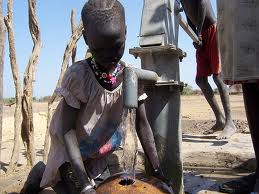In my previous post I talked about the conflict between a women’s rights to choose abortion, and the ethical danger of normalizing the practice of abortion in order to eradicate disability. Medical professionals and parents-to-be may argue that, due to environmental barriers, cultural stigmas, or the lack of available medical options, the quality of life would be insufficient for babies with certain congenital disorders. These barriers may be considered a reasonable justification for abortion, which is problematic because, rather than working towards creating more sensitive and accommodating environments, aborting fetuses with disabilities aims to eliminate disability altogether.
While it’s clearly important to be informed about the rights of persons with disabilities (PWDs), a trickier issue is the practice of euthanasia. While environmental barriers such as physical accessibility can be removed over time, and societal perceptions can improve in the long-run with increased awareness, we simply can’t ignore the very real physical suffering that is associated with certain serious or terminal disabilities. I don’t have the authority to choose which conditions are more or less applicable for this list, because pain and trauma are experienced in different ways by different people. But in those instances when living becomes unbearable, is ending life a more humane option? It has been debated back and forth many times, but it’s still a relevant question. At the end of the day, do people have the right to die?
Disability rights movements generally don’t support euthanasia, since the practice sustains ableist thinking, placing abled bodies as the norm in society. By providing ways to euthanize, the movement believes society will maintain the view that PWDs are suffering individuals, or charity cases. The fear is that if euthanasia is supported, the right will be abused and PWDs will be killed for the wrong reasons, including Continue reading
are suffering individuals, or charity cases. The fear is that if euthanasia is supported, the right will be abused and PWDs will be killed for the wrong reasons, including Continue reading

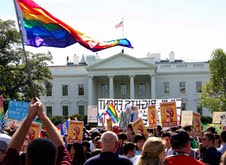

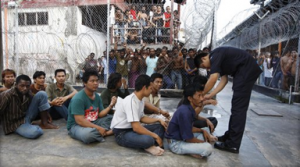
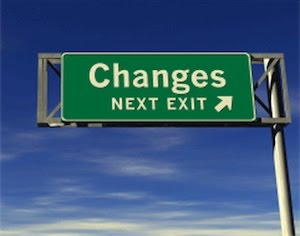
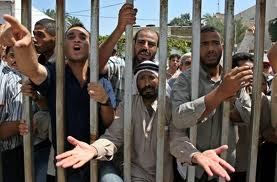

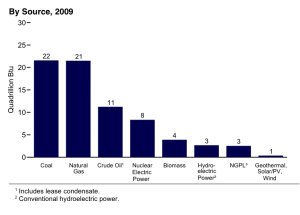
 When doing my
When doing my  However, the more of these signs I saw, the more I began to wonder about their true meaning. What does “Napa Green Certified Land” actually mean? Often, things are labeled as “green” or “eco-friendly” or “organic” despite being none of those things, though standards and certification for organic products are becoming more rigorous. So, I decided to do some research to find out if wineries had to go through a legitimate process to become “Napa Green Certified Land,” or if any old vineyard could order that sticker and put it up in their window.
However, the more of these signs I saw, the more I began to wonder about their true meaning. What does “Napa Green Certified Land” actually mean? Often, things are labeled as “green” or “eco-friendly” or “organic” despite being none of those things, though standards and certification for organic products are becoming more rigorous. So, I decided to do some research to find out if wineries had to go through a legitimate process to become “Napa Green Certified Land,” or if any old vineyard could order that sticker and put it up in their window. In fact, many of the vineyards we visited were very secretive about their growing practices. That last paragraph, which comes from a plaque in St. Supery winery, was the only indication I found that the growers practiced sustainable farming. At
In fact, many of the vineyards we visited were very secretive about their growing practices. That last paragraph, which comes from a plaque in St. Supery winery, was the only indication I found that the growers practiced sustainable farming. At 